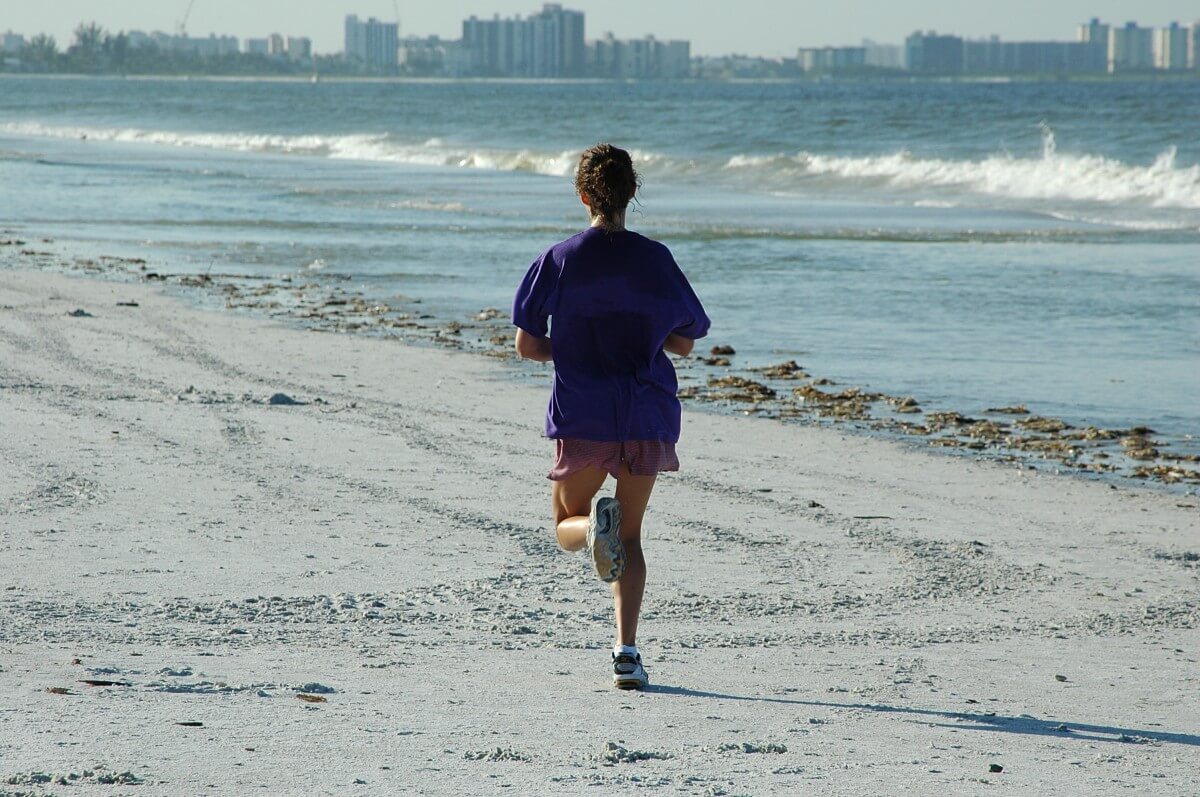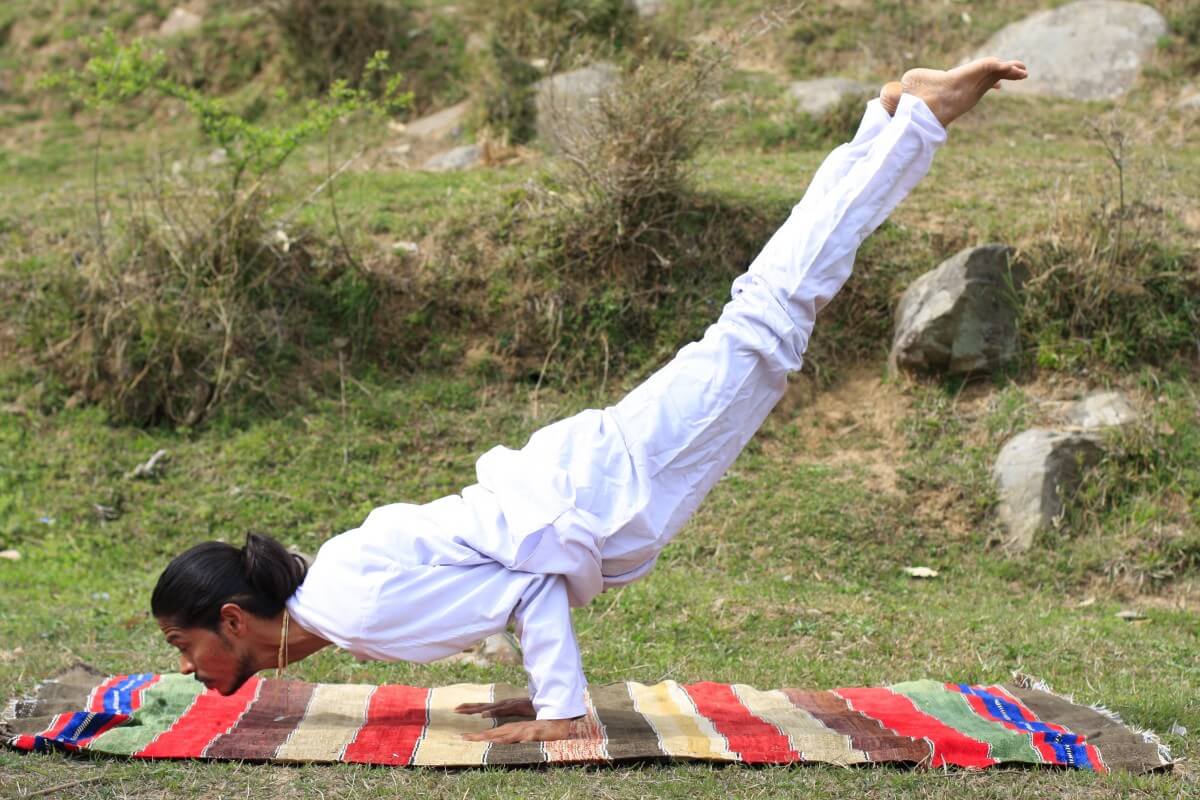
As practitioners of physical activity, the best way we can provide, promote, and program physical activity that all populations will understand and embrace, is to have clear, concise, and consistent definitions of physical activity and related terms. Unfortunately, our approach is not clear, concise, or consistent as illustrated by the disparity between the “physical activity economy” valued at $828.2 billion US dollars globally and the 35% percent of the world population that participates in recreational physical activities (The Global Wellness Institute, 2021).
Part of the confusion getting people to be physically active is we have so many definitions or inconsistencies among definitions, for the terms, we try to get people to embrace. For example, Tremblay et al (2017), as part of the Sedentary Behavior Research Network conducted a literature review and subsequent interviews to identify existing definitions of terms used in sedentary behavior research and to suggest consensus definitions for each term. Definitions they found for sedentary behavior, for example, ranged from having a MET value between one and 1.5 METS, to 1-1.8 METS, to less than 2 METS, and included either activities of any kind, sitting or lying activities, or non-upright activities (Tremblay et al, 2017). These subtle distinctions are important as the definitions may or may not relate appropriately to certain populations, such as those that cannot yet sit or stand or have difficulty sitting or standing.
Since the overarching key target is lifetime physical activity for all, we need to focus our efforts on clear, concise, and consistent definitions to promote lifetime physical activity. To best reach our customers we need to ask whether our audience can understand the message, is it in easily digestible language, and is the message communicated in a way that meets customers where they are? There is a movement to focus our attention on providing clear, concise, and consistent definitions to terms as they relate to physical activity and this article summarizes this movement (Thivel et al, 2018).
What is Physical Activity?
The good news is that we as physical activity practitioners have a clear, concise, and consistent definition of physical activity that is widely accepted: any voluntarily bodily movement produced by skeletal muscles that requires energy expenditure (WHO, 2018, Thivel et al, 2018). Physical activity can be categorized into occupational, sport, conditioning, household, or other activities (Casperson et al, 1985). The definition of physical activity does not include specific guidelines for energy expenditure (that is, how much energy is expended), but guidelines have been developed for energy expenditure to promote health and wellbeing: For toddlers and preschoolers, 180 minutes per week are recommended; for children and youth 60-minutes of moderate-to-vigorous intensity physical activity per day; and for adults 150 minutes of moderate or 75 minutes of vigorous physical activity or any combination thereof (USDHHS, 2018).

The bad news is that the prescribed guidelines are not understood by all or accurately prescribed to all, as there are varying guidelines based on the specific population. Moderate physical activity is movement 3-6 times the resting metabolic rate (3-6 METS) and vigorous physical activity is movement 6 or more times the resting metabolic rate (more than 6 METs). One MET equates to about one calorie for every 2.2 pounds of body weight per minute for the average adult.
The Fine Line Between Being Physically Active or Not
The idiom to sit less, move more is true (ACSM, 2021). The next question, then, is how do we measure physical inactivity- is it enough to just move, or is there a minimum amount of moving we need? The definitions of not being active may help. The generally accepted definition of physical inactivity is not achieving the aforementioned prescribed guidelines of physical activity. Another measure of not being active is sedentary behavior, which, according to the Tremblay et al (2017) consensus definition, is defined as no more than 1.5 times resting expenditure during waking hours, while sitting, reclining, or lying. This is clearly confusing to people trying to figure out what to do and how much activity they need. The lack of clarity, though, is that a person could be active above the resting metabolic rate but not meet the guidelines for physical activity. So, something is better than nothing, and more is better. It is wise to match the measure of how much physical activity is beneficial to the current level of physical activity, i.e., for those starting the journey, move more, sit less; for those further along the journey, begin to quantify how much you are moving now and use the 10% rule to add no more than 10% of frequency (number of movement sessions/week), intensity (how many METs), or time (number of minutes each week)(ACSM, 2021).

The Fourth C- Captivating
While this information is certainly of value to improve the overall health and wellbeing of the population, it does not necessarily communicate in a manner that resonates with the population. The fourth C of communication needs to be added, captivating. Captivating combines the 3 C’s of a clear, concise, and consistent message in a way that helps each person recognize the steps they can take to increase their amount of physical activity. We as practitioners might refocus the definitions of terms associated with physical activity, such as play, exercise, wellness, and physical literacy to be clear, concise, and consistent with physical activity as the captivating centerpiece, by altering the definitions within the framework of physical activity. Here are a few examples of how we can communicate more effectively with those we serve by organizing the following terms under the umbrella of physical activity:
Play: Play helps us categorize physical activity and can be divided into two categories- structured play and unstructured play. Structured play has rules, time limits, and organization (usually by adults). Sports and physical education are structured active play examples of physical activity. Unstructured active play is more spontaneous; if there are rules, they are set by the participants. Structured play is typically adult-led, whereas unstructured play is referred to as free play as there is no direct adult supervision. The practitioner should recommend a ratio of 2:1 unstructured: structured play, with structured play no more hours per week than the age of the player (a 12-year-old would participate in no more than 12 hours per week of structured play). The upper limits of play should match the guidelines for physical activity (150-300 minutes per week moderate, 75-150 minutes/week vigorous, or a combination of both types). Between these two types of play is semi-structured play, which is typically guided by adults, then kids get to decide how they will customize the boundaries. Recess is a prime example of semi-structured play. Sports and physical education sometimes are semi-structured when they set up challenges to be solved and then encourage children to solve them in order to learn something new. When guiding play, practitioners should focus on the enjoyment of the activity to encourage continued success.

Exercise: Since physical activity is produced by skeletal muscles, taking care of muscle strength must be important for us to continue to be physically active. Typically, we improve our strength through exercise so, when we define exercise, which is a subset of physical activity that is planned, structured, and repetitive and has a final or an intermediate objective the improvement or maintenance of physical fitness (Casperson et al, 1985), or in other words, the prescriptive journey to increased physical activity, practitioners need to be sure to include strengthening activities. Resistance for strength among activities can be bodyweight, a partner, light weights, bands, non-spill/non-leak household items. Aim for programming all major muscles two to three times per week. The exercises can be structured, semi-structured, or unstructured. Focus on form and technique, not the amount of weight lifted.
Wellness: Wellness is the multi-dimensional active journey to a physically active lifestyle. Wellness is described as the act of practicing healthy habits on a daily basis to attain better physical and mental health outcomes (Pfizer, 2021). This is where moving is so important. Think of the journey as a slow roast, not a microwave. Our society focuses so much on immediate results that we often fail to appreciate the process. Recommend that clients be active participants in the process and do a little each day and a little more on some days.
Physical literacy: Physical literacy is defined as the motivation, confidence, physical competence, knowledge, and understanding to value and take responsibility for engagement in physical activities for life (Edwards et al, 2017). Find ways to build customer confidence in their ability to be physically active, whether it is trying a new sport or activity, joining friends for a walk, or continuing their journey with their current activity, remember to promote the process of being physically active for life.
Consistent Definitions- Putting it All Together
The consistent definitions for physical activity, sedentary behavior, and physical inactivity include that:
- Physical activity is the basis of all movement.
- Physical activity is movement above the resting metabolic rate (1 MET)
- Sedentary behavior is 1.5 times the resting metabolic rate (1.5 METs)
- Moderate physical activity is movement 3-6 times the resting metabolic rate (3-6 METS) and includes 15-300 minutes per week of physical activity
- Vigorous physical activity is movement 6 or more times the resting metabolic rate (more than 6 METs) and includes 75-150 minutes per week of physical activity
- One MET equates to about one calorie for every 2.2 pounds of body weight per minute for the average adult.

We, as physical activity practitioners need to promote that physical activity (according to our clear, concise, and consistent definition) across the lifespan is fun (especially when gradual and meaningful guidelines are followed), improves physical and mental health, and increases the quality of life. Physical activity has been used interchangeably with physical education, fitness, and other terms, leading to consumer confusion but as physical activity practitioners, we need to lead the charge to focus all physical activity-related terminology from a physical activity base. This helps us align terms and concepts and avoid the interchangeable use of terms in research studies and for recommendations with sports, physical education, and exercise (Casperson et al, 1985). It is important to remember that physical activity participation encompasses all other types of activity, whether structured or unstructured, including play, exercise, sports, and physical education. We should use the work of Tremblay et al to promote clear, concise, and consistent definitions of physical activity for the population(s) we serve. Find the category of physical activity that fits each person’s definition of clear, concise, consistent, and captivating and help them have fun with physical activity throughout the life course.
References
American College of Sports Medicine (2021). Guidelines for exercise testing and prescription (11th Ed). Wolters Kluwer, Philadelphia, PA.
American College of Sports Medicine (2021). Sit more, move less. Retrieved October 25 from https://exerciseismedicine.org/wp-content/uploads/2021/04/EIM_Rx-for-Health_Sit-Less-Move-More.pdf.
Caspersen, C. J., Powell, K. E., & Christenson, G. M. (1985). Physical activity, exercise, and physical fitness: definitions and distinctions for health-related research. Public health reports (Washington, D.C. : 1974), 100(2), 126–131.
Edwards, L.C., Bryant, A.S., Keegan, R.J. et al. (2017). Definitions, foundations and associations of physical literacy: A systematic review. Sports Med 47, 113–126.
Global Wellness Institute. Physical activity is an $828 billion market- to reach $1.1 trillion+ by 2023. Retrieved December 5, 2021 from https://globalwellnessinstitute.org/press-room/press-releases/physical-activity-billion-market/
Pfizer. What is wellness? Retrieved October 25, 2021 from https://www.pfizer.com/health-wellness/wellness/what-is-wellness
Thivel, D., Tremblay, A., Genin, P., Panahi, S., Riviere, D., and Duclos, M. (2018). Physical activity, inactivity, sedentary behaviors: Definitions and implications in occupational health. Front Pub Hlth, Retrieved October 25 from https://doi.org/10.3389/fpubh.2018.00288.
Tremblay MS, Aubert S, Barnes JD, Saunders TJ, Carson V, Latimer-Cheung AE, et al. (2017). SBRN terminology consensus project participants. Sedentary behavior research network (SBRN) – Terminology consensus project process and outcome. Int J Behav Nutr Phys Act., 14:75. doi: 10.1186/s12966-017-0525-8.
U.S. Department of Health and Human Services (2018). Physical Activity Guidelines for Americans, 2nd edition. Washington, DC: U.S. Department of Health and Human Services; 2018.
World Health Organization. (2018). Physical activity. Retrieved October 23 from Who.int/health-topics/physical-activity#tab=tab_1.


